The question now is not just whether to keep or abolish this exam, but how to make one exam effectively serve two inherently different goals.
There are three main options being discussed. First, organize two separate exams: one for high school graduation and one for university entrance. This option is clear in its goals but difficult to implement because it wastes budget and human resources, creates double pressure on students and repeats the widespread practice exam scene. Many universities also do not have the capacity and conditions to organize their own standardized exams. Second, completely eliminate the high school graduation exam and assign the task of assessing and recognizing graduation to schools.
However, this option is inadequate when there is no independent quality assurance system, graduation recognition based only on internal assessment can easily lead to loss of trust, lack of fairness and make it difficult to stream students after high school and recognize degrees with the world for studying abroad. The third option: keeping a common exam - is still the most feasible option if there are reasonable adjustments. The focus is not on the number of exams but on how to design an exam that meets both goals.
It is important to clearly define which part of the exam is for assessing graduation recognition conditions and which part is for university admission. When the objectives are clearly defined, the exam structure should also change accordingly. Literature and Foreign Language should be separated because these are specific subjects, reflecting the basic competencies required for both high school students and future university students. The remaining part should be designed in an integrated manner, allowing students to choose subjects that are suitable for their career orientation.
An exam can combine the subjects of Mathematics - Physics - Chemistry or History - Geography - Economic and Legal Education... to assess the ability to synthesize thinking. This approach will overcome the situation of skewed learning according to fixed combinations, while improving the quality of input for universities. Of course, for such an exam to operate effectively, three prerequisites are needed: professional human resources, modern technology and a clear legal corridor. In particular, the test-making team needs to have in-depth expertise, clearly divided between the graduation test-making team and the admission service team; apply technology in building a standardized question bank, organizing computer-based exams and processing assessment data. Legally, it is necessary to amend or issue clear regulations on the roles, responsibilities and powers of the subjects in the exam and admission system, ensuring transparency and stability.
In the context of collecting opinions on amending the Law on Higher Education , this is an important time to clearly establish the autonomy of higher education institutions in enrollment, based on the principle of accountability. With many universities still facing financial difficulties and limited management capacity, without standards on input quality, it is easy for students to be admitted easily, affecting the reputation and quality of training. Therefore, the law needs to stipulate that the Ministry of Education and Training plays the role of promulgating the framework of input capacity standards, recognizing independent testing organizations, and monitoring exam quality, while universities have full authority to choose appropriate enrollment methods.
The amendment of the Law on Higher Education needs to be accompanied by examination reform so that the entire system can shift from a mindset of control to quality encouragement, from imposition to conditional empowerment. An exam can still serve well for both graduation and university admissions - if the goals are clearly defined and redesigned in a flexible and professional manner. At that time, the common exam will no longer be a "bottleneck" but will become a "fulcrum" for both general education and higher education to develop harmoniously and sustainably. It is time for a radical reform of examinations, measuring and assessing quality in the system based on the main pillars: technology; socialization of resources; professionalism of the team.
Source: https://www.sggp.org.vn/de-ky-thi-thuc-su-la-diem-tua-post802869.html





![[Photo] Multi-colored cultural space at the Exhibition "80 years of the journey of Independence - Freedom - Happiness"](https://vphoto.vietnam.vn/thumb/1200x675/vietnam/resource/IMAGE/2025/8/26/fe69de34803e4ac1bf88ce49813d95d8)

![[Photo] Hanoi: Authorities work hard to overcome the effects of heavy rain](https://vphoto.vietnam.vn/thumb/1200x675/vietnam/resource/IMAGE/2025/8/26/380f98ee36a34e62a9b7894b020112a8)

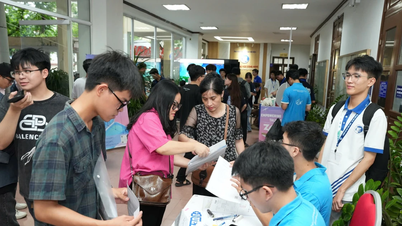


























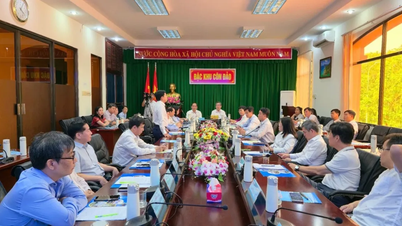


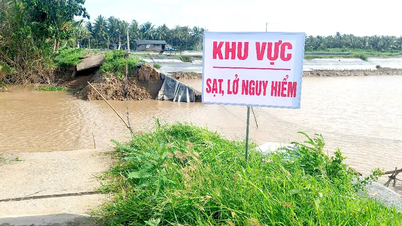






















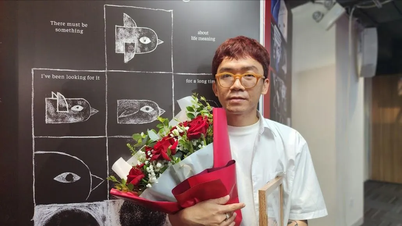




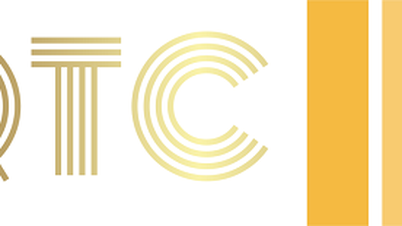










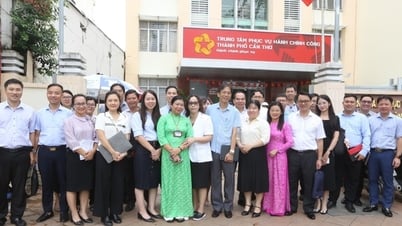

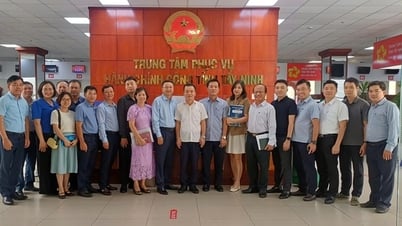












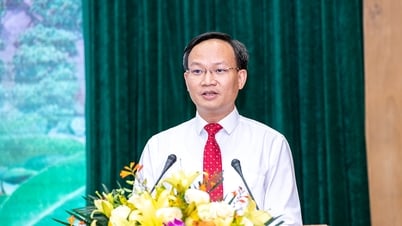














Comment (0)